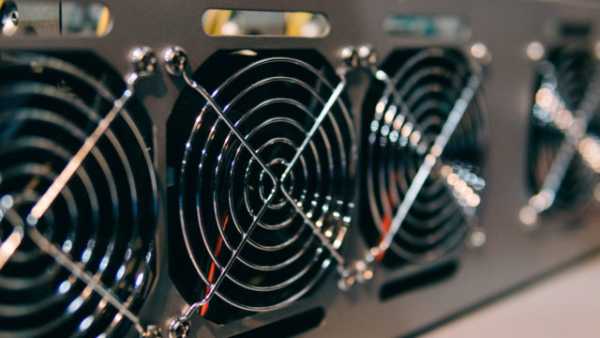BTC.com Mining Pool Directs 98% of Bitcoin Miners' Flows to Binance

Currently, the BTC.com mining pool is the leading miner on Binance, as almost 98% of all BTC transfers from miners are directed to this platform.
The latest report from CryptoQuant highlights that this trend provides important insights into miner behavior.
Bitcoin Miners Show Patience
BTC.com has a history of increasing outflows to Binance during periods of rising Bitcoin prices, indicating strategic profit-taking at local peaks. In contrast, when flows decline, it indicates growing confidence among miners who choose to hold on to their Bitcoin rather than sell.
Notably, despite Bitcoin trading above $100,000 in recent months, BTC.com flows on Binance have dropped significantly, indicating that miners are pricing in further price increases and are reducing selling pressure, which in turn could support more stable growth.
“Miners are some of the most astute market participants. Watching their actions allows us to assess where we are in the cycle.”
Deeper analysis and downscaling of network-level data reveals a “seasonal” trend.
Seasonal fluctuations in hashrate
A recent development occurred when the price of Bitcoin briefly dipped below $100,000 this weekend following reports of a US attack on Iranian nuclear facilities, falling to $98,000 in response to geopolitical tensions. However, the decline was short-lived as the crypto asset recovered by Monday morning.
Despite recent price gains, Bitcoin transaction fees remain low, according to the latest data from Digital Mining Solutions. Fees have consistently been less than 1% of the total block reward in 2025, and have failed to offset the subsidy cuts caused by the halving. This weak fee situation implies that miner revenues, or the price of hash, are closely tied to the price of Bitcoin.
When BTC falls, the hash rate also falls in near-sync, with little support from fees to cushion the fall. The Bitcoin network’s hash rate has been very volatile this year, experiencing several all-time highs and sharp drops. It peaked at 950 EH/s in mid-June before falling to 827 EH/s, a 13% decline. This pattern of sharp fluctuations followed by sharp corrections has been consistent, with seasonal factors playing a role.
Since about half of the mining in the US is located in Texas, periods of extreme heat and power outages in the summer often result in lower hash rates.
Source: cryptonews.net



